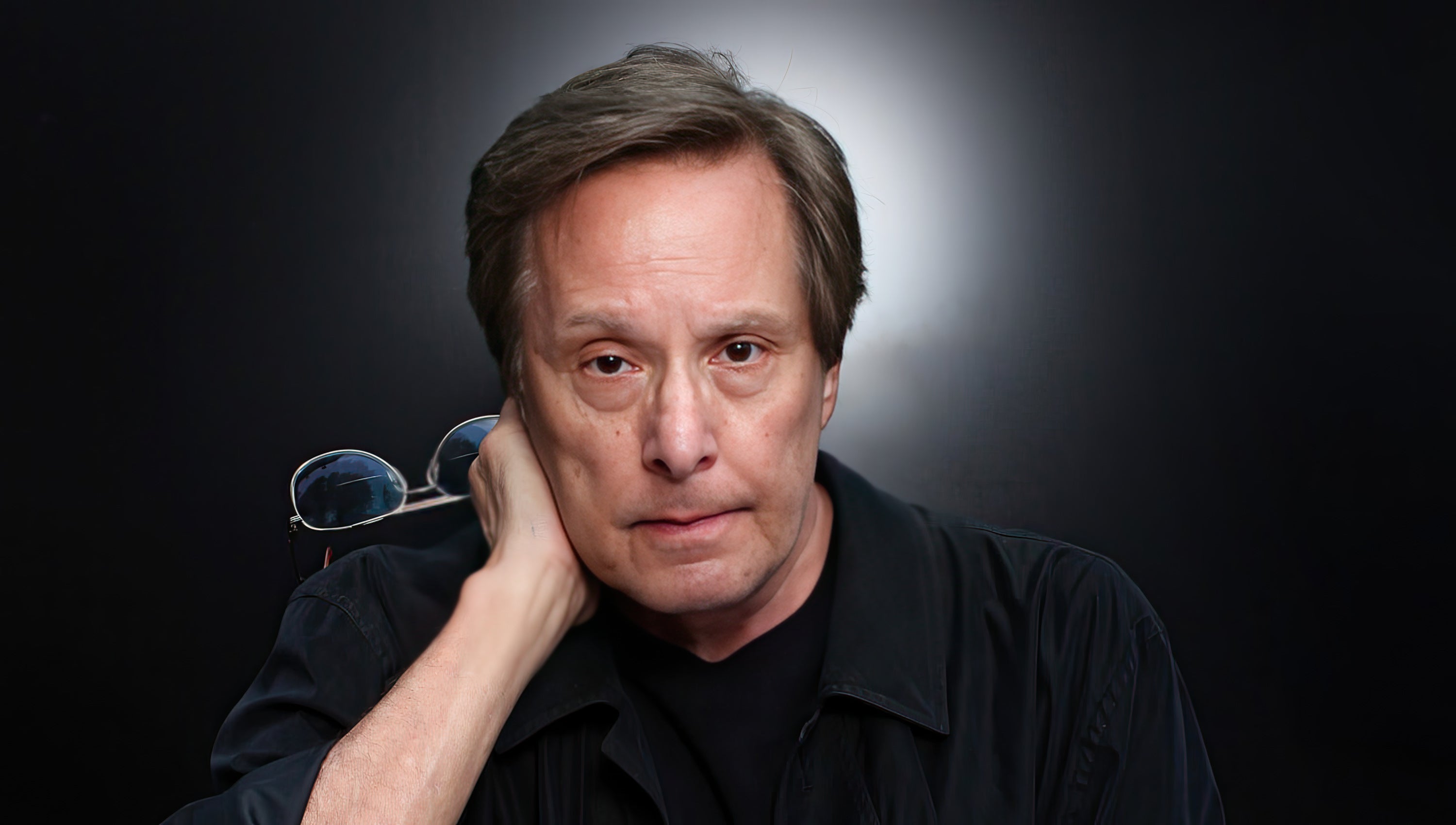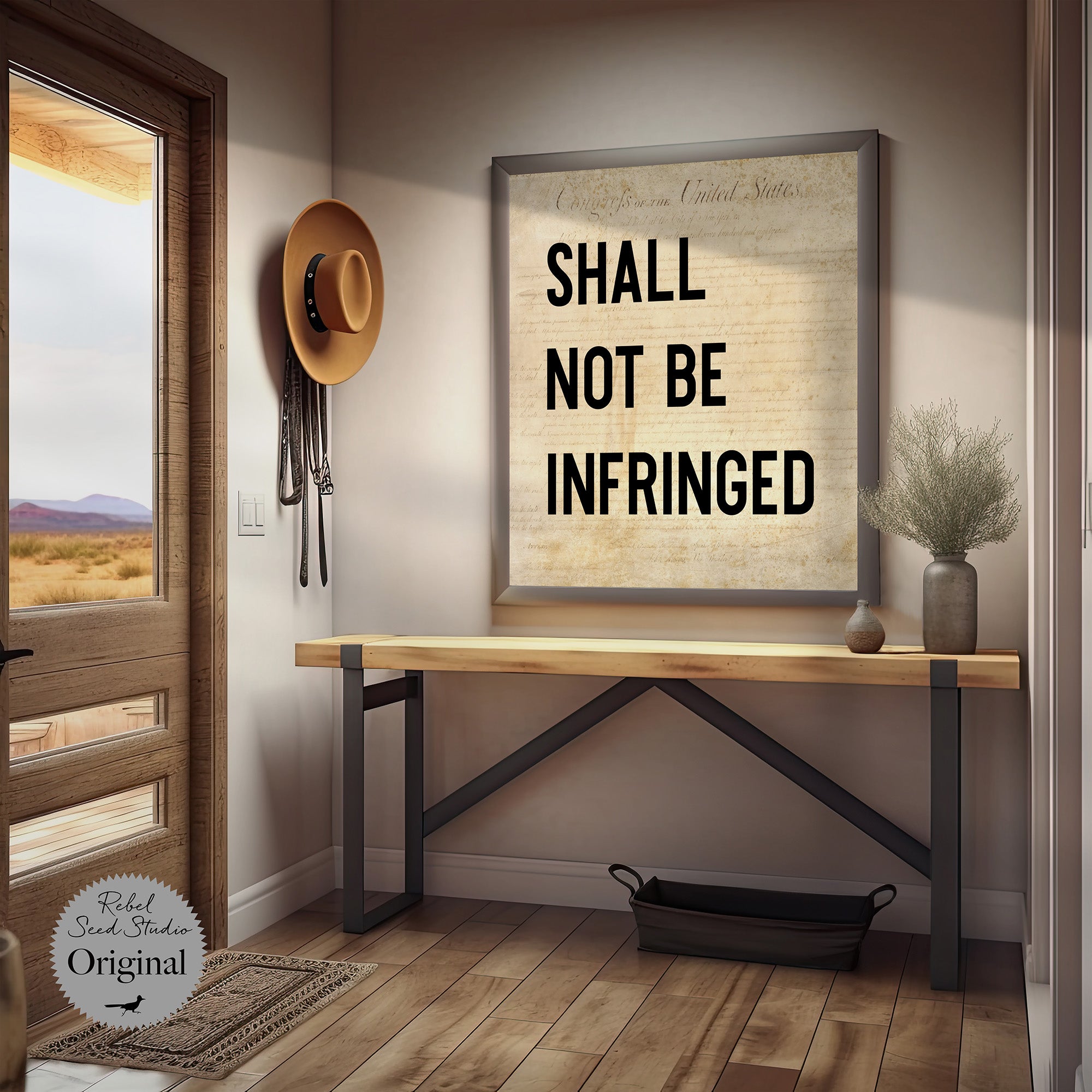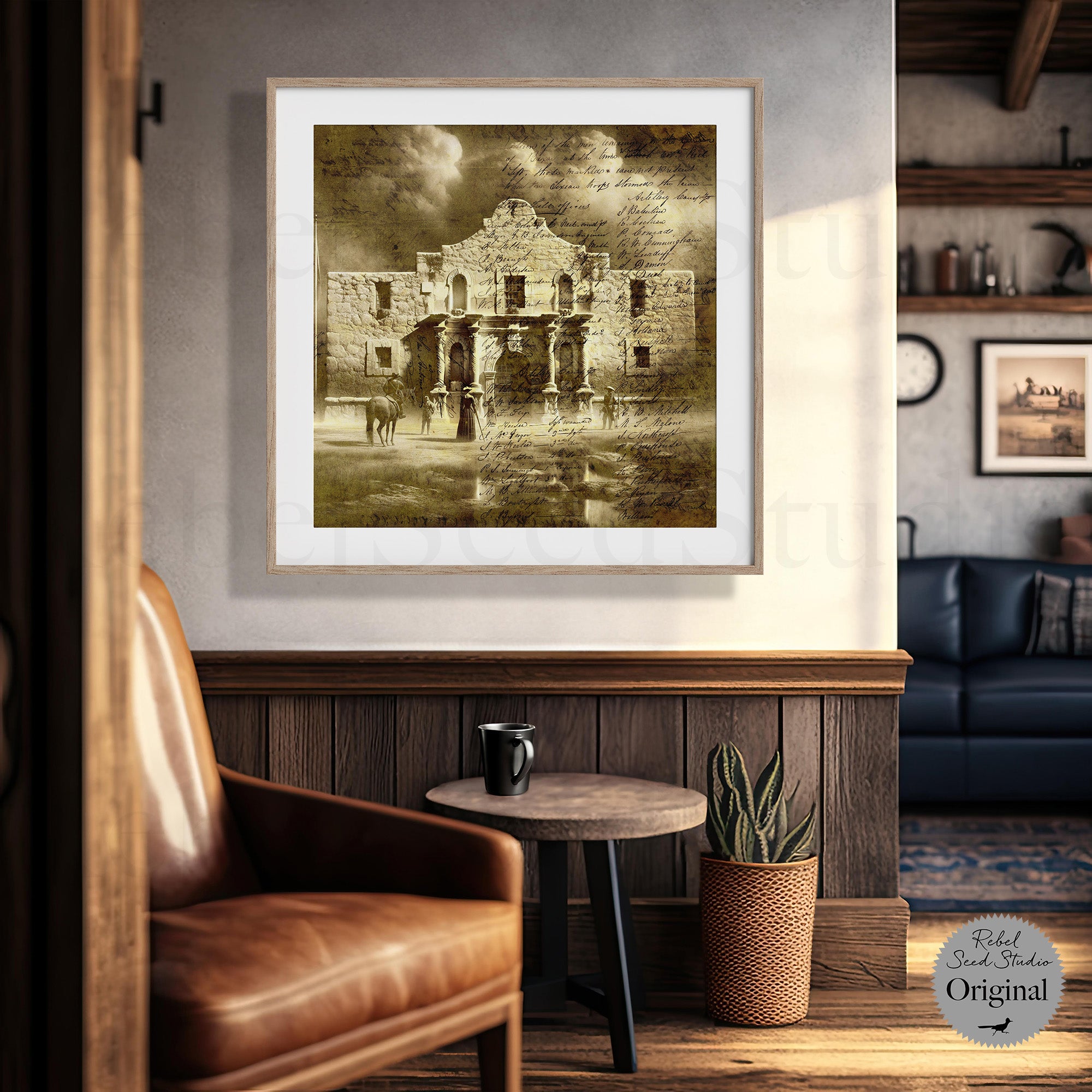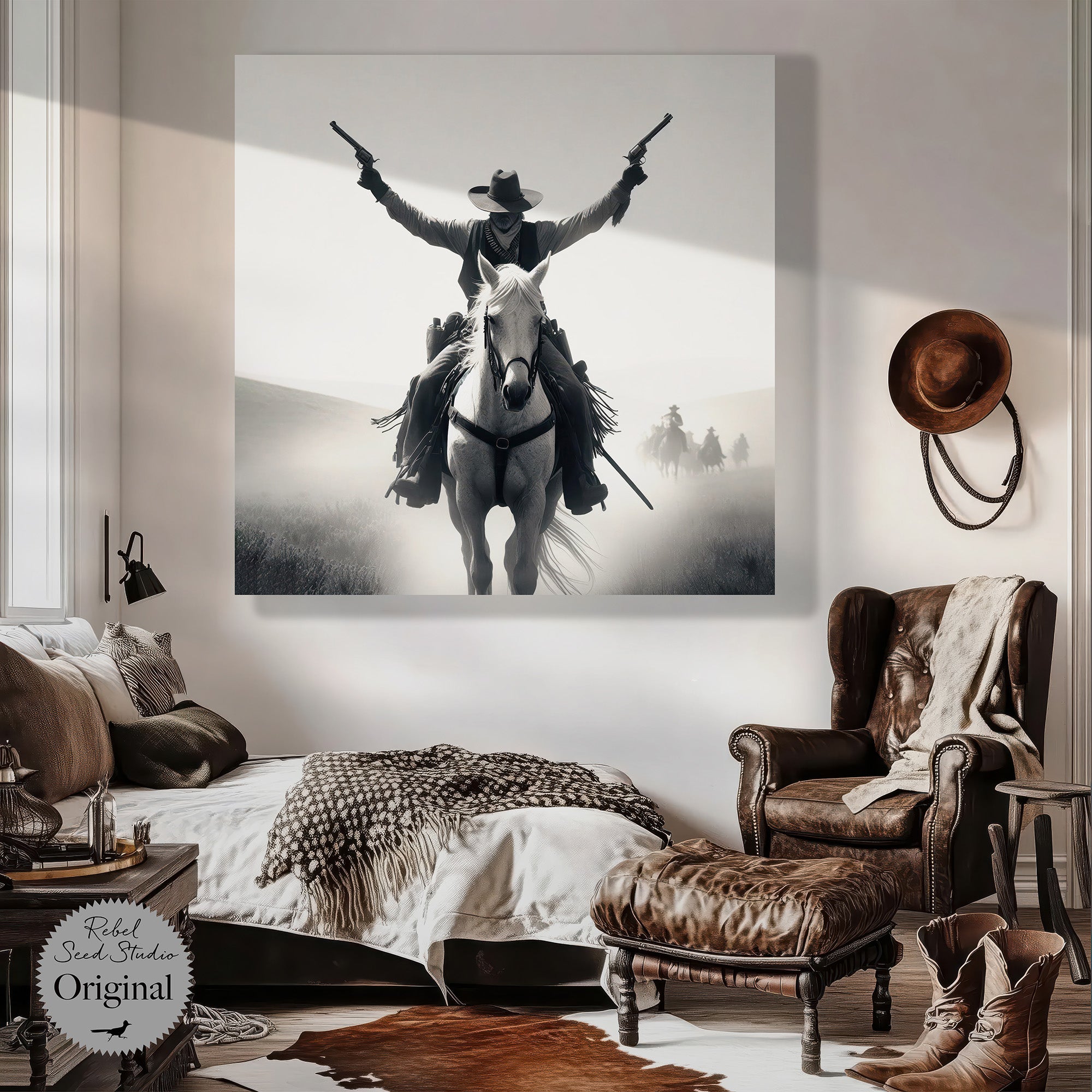
The Friedkin Connection: A Memoir - William Friedkin (Book Notes)
In The Friedkin Connection, legendary filmmaker William Friedkin recounts his life and career, covering the highs and lows of a journey that took him from a modest Chicago upbringing to becoming one of Hollywood’s most influential directors. Known for directing iconic films like The French Connection (1971) and The Exorcist (1973), Friedkin provides readers with an unfiltered look at the dedication, creativity, and controversy that marked his work and personal life.
Friedkin begins by recounting his early years in Chicago, where he was raised in a working-class family. His passion for storytelling was ignited by early exposure to cinema and theater, leading him to start working in television as a young man. Friedkin’s early television work brought him moderate success and eventually led to opportunities in film, where he quickly gained a reputation for his daring, uncompromising approach to directing.
The memoir offers an in-depth look at the making of Friedkin’s most famous films, especially The French Connection and The Exorcist. He provides vivid anecdotes about casting, filming, and overcoming challenges on set, offering fans a behind-the-scenes view of these landmark productions. In The French Connection, for instance, he describes the struggles and triumphs of filming the iconic car chase sequence, a feat that helped cement his status as a Hollywood visionary. His recounting of The Exorcist dives into the film’s extensive production, the effects used to create the supernatural elements, and the controversies surrounding its graphic and disturbing content.
Friedkin also reflects on the more challenging periods of his career, particularly the backlash and box-office failures of films like Sorcerer and Cruising, both of which were ambitious projects that failed to gain initial recognition. He describes how Hollywood’s changing tastes and his own relentless pursuit of controversial stories led to professional and personal conflicts. Despite these setbacks, Friedkin maintained his passion for storytelling and his willingness to explore taboo subjects and innovative techniques.
In addition to film industry insights, Friedkin discusses his personal life, his marriages (including his marriage to French actress Jeanne Moreau), and his complex relationships with Hollywood insiders and fellow filmmakers. His writing reflects a sharp mind with a clear-eyed view of both the triumphs and missteps that shaped his career.
Book Notes:
- Friedkin’s recollections of working on The French Connection and The Exorcist are particularly engaging, offering readers a rare glimpse into the creative and technical challenges behind these groundbreaking films. His descriptions of iconic scenes, especially the chase in The French Connection and the exorcism scenes, are gripping and insightful.
- Friedkin doesn’t shy away from discussing his failures and controversial decisions, showing a level of self-awareness that adds depth to the memoir. His candid reflections on his career and personal life give readers a well-rounded picture of his personality and philosophy as a director.
- Friedkin’s passion for filmmaking shines through as he explains his approach to storytelling, his inspirations, and his dedication to creating authentic, raw scenes. His thoughts on directing and writing provide valuable insights into the mind of a director who refused to compromise on his vision.
SUMMARY: The Friedkin Connection is a captivating memoir that provides a firsthand account of one of Hollywood’s most uncompromising directors. William Friedkin’s journey from television to cinema is marked by ambition, risk-taking, and an unwavering dedication to his art, as shown in this compelling narrative. Through honest reflections and detailed storytelling, Friedkin brings readers behind the lens, illuminating the sacrifices, creativity, and struggles involved in shaping some of cinema’s most iconic films.
Get the Book: Digital Book (Apple Books) | Audiobook (Apple Books)



























